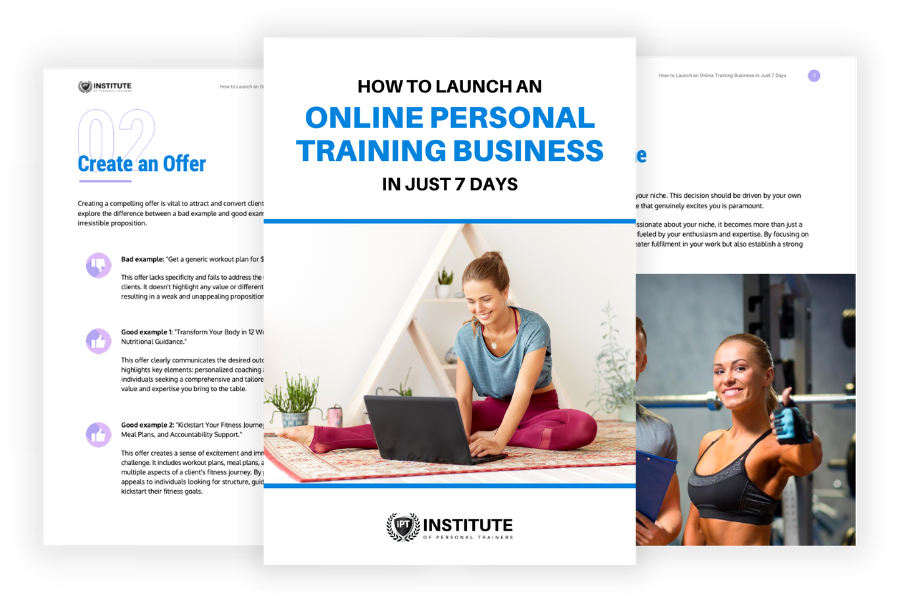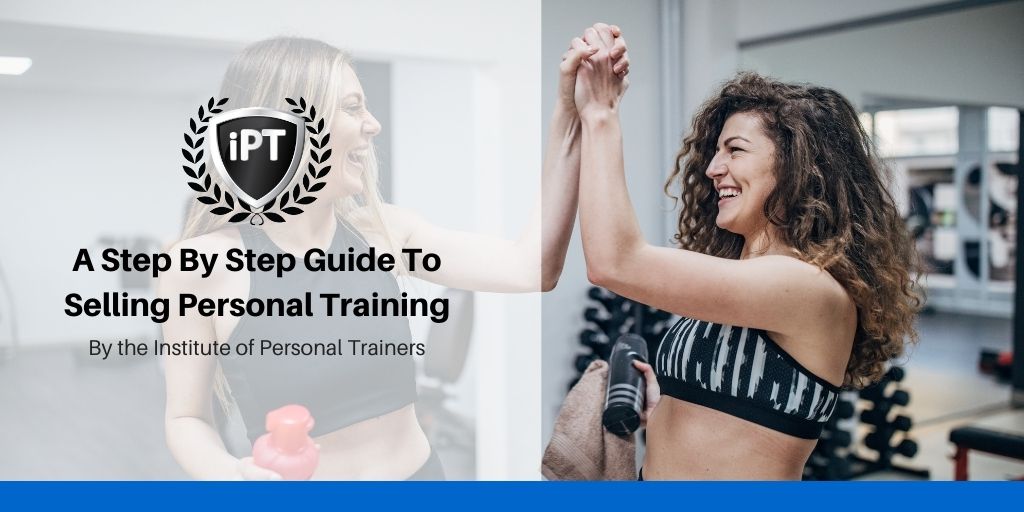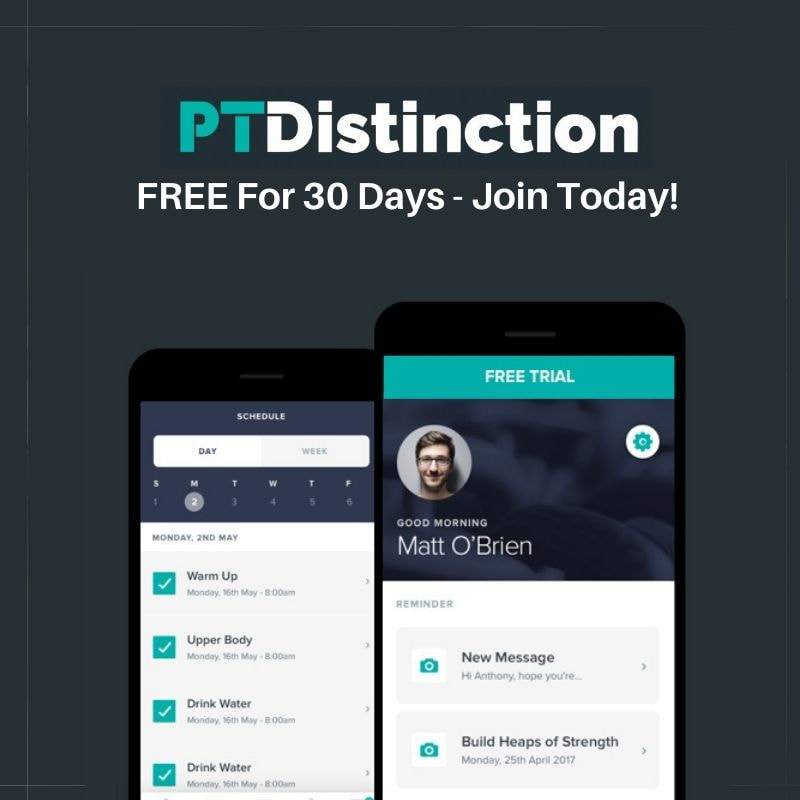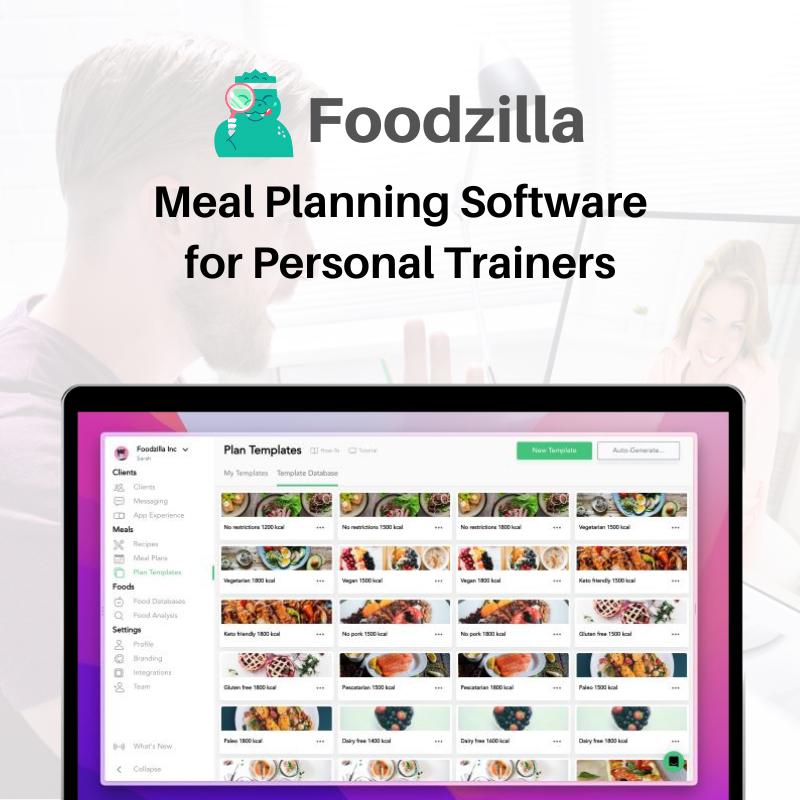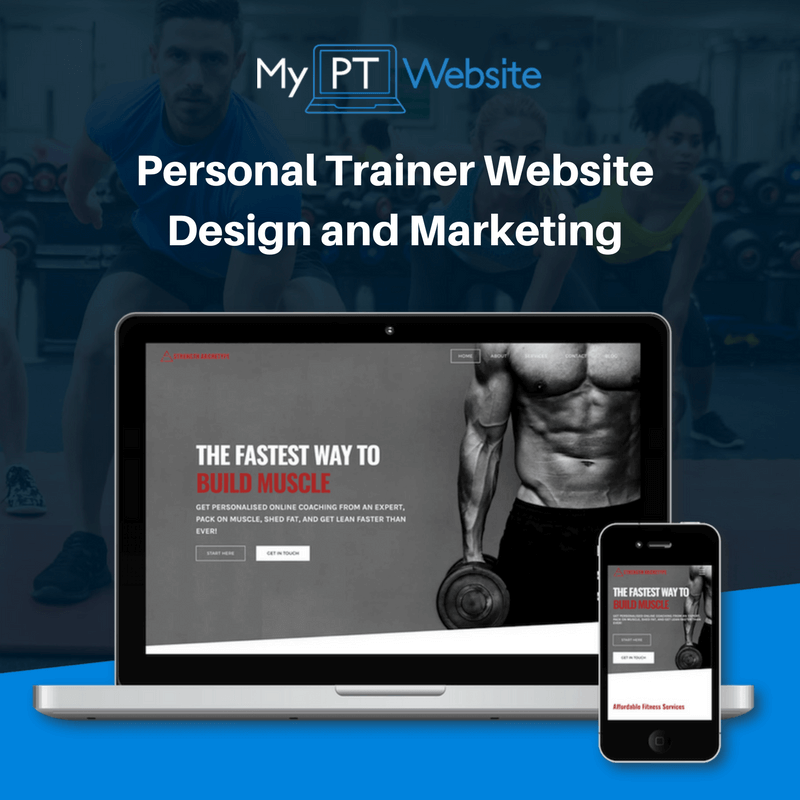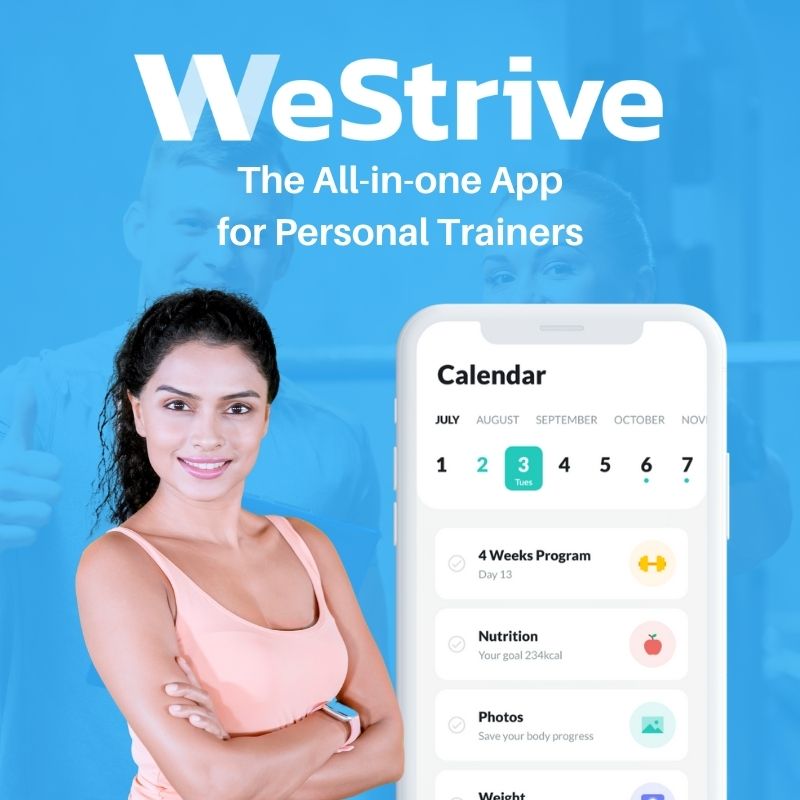|
FREE GUIDE: HOW TO LAUNCH AN ONLINE PERSONAL TRAINING BUSINESS
IN JUST 7 DAYS
✓ The new, better way of launching an online business
✓ The fastest way to create in irresistible offer ✓ A simple system to sell to clients who are interested |
|
Selling personal training is something that a lot of trainers feel uncomfortable with. It can make them feel sleazy to talk about money, and that discomfort can rub off on the prospect. Getting comfortable with selling your services and the life-changing results you can help people to achieve is key to building a successful personal training business. And with this guide, you’ll see that it’s not as difficult or awkward as you might think. With a few clear steps and a small shift in mindset, selling personal training can be simple and fun. Whether you’re a face to face fitness professional on the gym floor, or you’re an online coach, the fundamental principles of selling personal training are the same. Step 1: Understand What Result The Prospect Wants Rather than thinking about selling your time at an hourly rate, or selling a package, you’re selling the prospect a result. Asking the person directly, “what do you want to achieve in the first 30/60/90 days?” does a couple of important things. Firstly, it puts you in the driving seat of the conversation. You’re the expert, and the prospect has come to you for your professional guidance. Making sure that you are both clear on what their desired outcome should be is important. Secondly, it gives them a time frame to focus on. One person working to achieve one result over one set time frame allows the prospect to feel clear about what will be achieved and putting a time frame on it can often help them to focus for the duration you work together. Really listen to their answer without interrupting. Write notes about what success looks like for them, what their struggles have been with trying to achieve that already, and why they’ve sought you out right now. If they stop talking, wait for a couple of seconds without jumping in. Asking for help can be challenging for lots of people, and being too keen to fill the silence can mean you miss really important information. This emotion is what has driven their buying decision, so it’s important to let the prospect open up as much as possible. You might need to prompt them to give you the information you’re looking for. Try these questions:
Step 2: Map Out A Plan Once you’ve got an idea of what problem they’re trying to solve, and what results they want to achieve, you can sketch out a loose plan. This isn’t a detailed training plan, and you’re not coaching them. But this stage is for you to demonstrate to your prospect that you understand what they want, and you have a method to get them there. One of the main reasons why people haven’t yet achieved their goal is because they don’t have a clear route to get from point A (where they are now) to point B (where they want to be). This is your opportunity to show them that you have the ability to get them there in a clear, direct route - saving them time and wasted effort. You might even use this time to forecast where you’d expect to be after 30/60/90 days if you saw each other once, twice a week, or three times a week. Then you can let the prospect choose their level of frequency based on how quickly they want to achieve the result. Step 3: Handle Objections Objection handling is a fundamental part of sales, and often personal trainers find themselves backing away from a sale because they see an objection as a “no”. The prospect is raising an objection because they simply have a question, or need clarification on how this could work for them and their lifestyle. Be proactive with addressing them, and don’t shy away from the conversation. Being upfront and direct about things which could get in the way for a person committing to their health is another way you can help them to prioritise their goals. A great option is to keep a list of the most common objections and have a clear and straightforward solution to each of them. Some common ones are:
Having an idea of which problems are most common for your demographic is a great way to be proactive about having some genuine solutions prepared. Price is probably the most common objection, and that may be because your prospect isn’t yet sold on the value of what you’re selling. Step 4: Price Presentation Before you talk about how much your personal training services cost, it can help to create a frame of reference for the investment. Talking about it as an investment rather than a cost is a subtle switch in language that makes a big difference. Remind the prospect that you’re talking about results. “If you could walk into a shop and buy a 20kg weight loss, blistering self-confidence in those jeans, and more energy to play with your kids (or whatever they’ve identified as their goals)… it would be hard to put a price tag on something so valuable.” When you present the client your prices, it helps to give them three options; a low-cost package, a middle-tier package or a high-end package. This is because people are more likely to choose a middle-tier price point when it’s sandwiched between two others. How you price your packages as a self-employed personal trainer will be entirely up to you, but don’t try to compete with the other trainers in the gym on price. People don’t want cheap, people want awesome results, and there’s implied quality in being willing to stand out on price. Step 5: Taking Payment Taking payment from the client should be straight forward. You can accept payments via PayPal, Stripe, or GoCardless; there are plenty of options, and try not to get too caught up on which one is “best”. For the security of your own business, taking upfront paid in full payments is the goal, but where this isn’t possible, having an alternative “split pay” structure - where the client pays monthly and spreads their payments out is useful. You could offer an incentive to get people to pay in full by making the upfront payment smaller than the total monthly payments - around 20% is a good rule of thumb. For example, 90 days paid in full at £997 or 3 monthly payments of £400. A willingness to be flexible about the payment structure can help clients that are sincere about starting and getting help, but for whom price is a genuine issue. Conclusion As a personal trainer, you are selling people the very methods to extend their lives. You’re helping people to have more energy and more confidence. To help them connect better with their spouse, or go for a promotion. Don’t feel guilty about asking to be well paid for that.
|
Our All In One Platform
Check out out all in one business & marketing platform for personal trainers!
WEBSITE BUILDER | FUNNELS |MEMBERSHIPS | SCHEDULING| EMAIL MARKETING| PAYMENTS| CRM | AI ASSISTANT | SURVEYS
Popular Articles
Trusted Partners
We work closely with some of the best service providers in the fitness industry.
Categories
All
|

